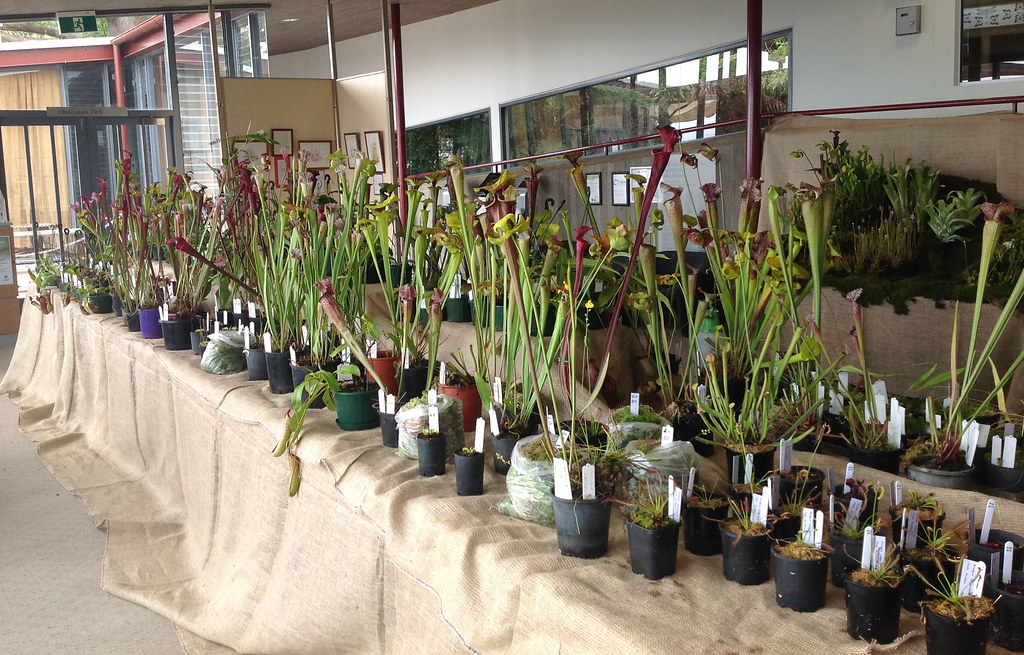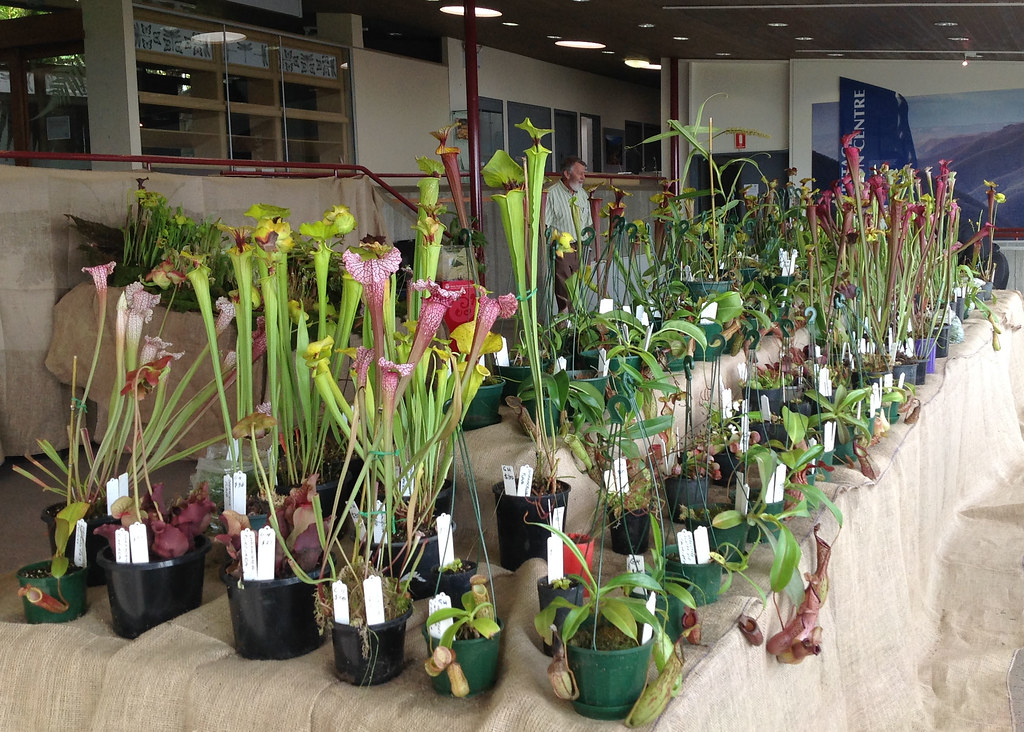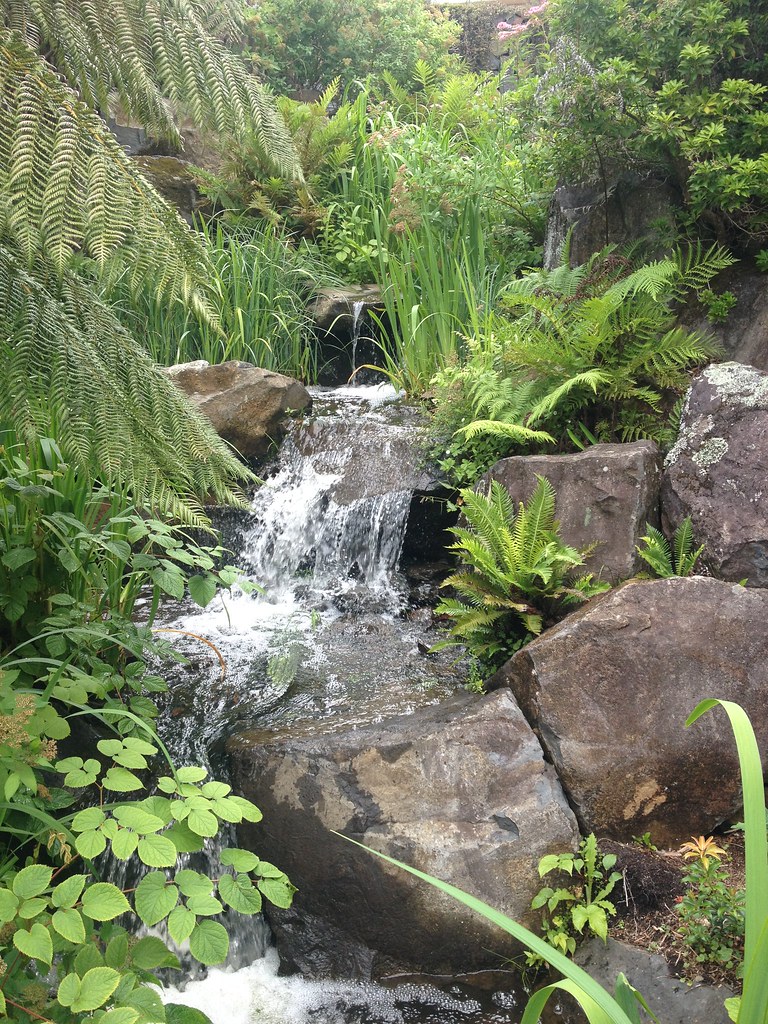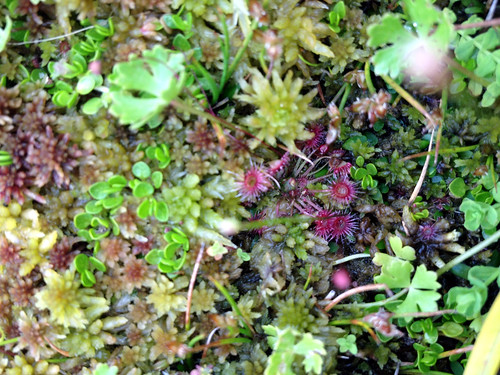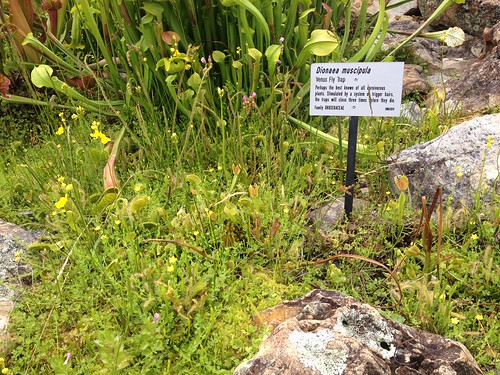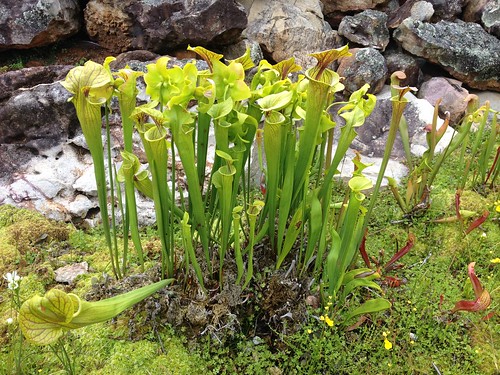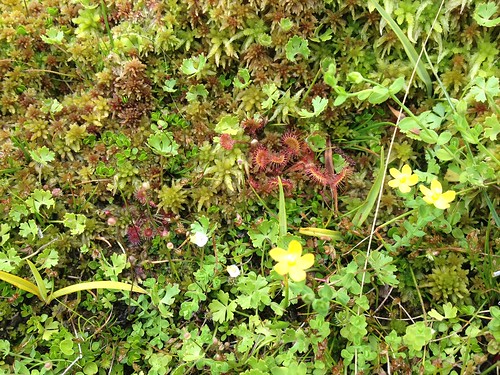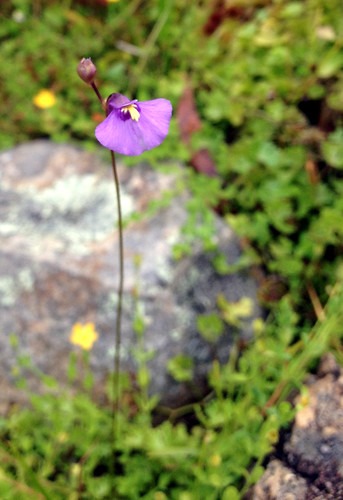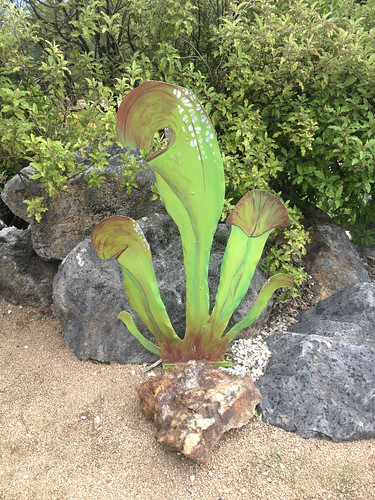Its been a long while since I posted anything, for good reason – a few months ago I broke my foot and this is my first week sans crutches or moon boots. The CP season is in full swing, and now I’m off on holidays, its time to get back into the blog. To get things started off, here are some pics from the Australasian Carnivorous Plant Society’s sale day at Mount Tomah in the Blue Mountains West of Sydney.
The drive to Mount Tomah not something I look forward to – the road is rather awkward with the dogleg through Richmond, the Sydney traffic (terrible by Canberra standards) and multiple speed changes in quick succession as you go up the Blue Mountains themselves. Once you get to Bilpin its smooth sailing – all 10 minutes of it! But it is worth it for the plants, the food (I had a magnificent steak and mushroom pot pie for lunch!) and the view. The day I was there had a wet and stormy afternoon.
I didn’t make it to the sale until nearly lunchtime, by which time there were some sizeable holes in the offerings. Lyn Hanna took the above photo of the sale table before people were let loose on it. As you can see, Sarracenia were dominating the scene.
There were a few Nepenthes though, including some magnificent N. ampullaria that went very quickly. I ended up leaving with a number of S. flava clones (what else!) and the famous pink clone of S. leucophylla that originated from a single seedling germinated by the English family near Wollongong in the late 1970s. By the time I left, over half of these plants (and all bar a handfull of Nepenthes) had sold! These photos were taken by Lyn Hanna, and she and her husband Gordon allowed me to post them here. I always enjoy catching up with both Gordon and Lyn, especially since I hadn’t seen them in several years.
What I also love about going to the sale days at Mt Tomah is the chance to wander through the alpine gardens. They are beautiful, especially if you are like me and enjoy alpine and cool climate plants and landscapes. The waterfall adds a special ambience to the gardens, and feeds their stunning bog garden.
The bog garden at Mt Tomah is beautifully landscaped and a pleasure to spend time at.
The substrate is coco peat and live Sphagnum moss, which grows in billowy carpets. Apparently, the gardens are soon to be re-planted.
Here are some close-ups of the bog and its inhabitants:
Apparently, when the bog was set up, great care was taken to ensure all soil was removed from the plants to prevent non-indigenous Drosera and Utricularia making it into the garden. Well, some gemmae and seeds must have hung on pretty hard, as Interspersed through the Sphagnum are thousands of tiny pygmy Drosera, which I was once told were a hybrid, plus Utricularia subalata, U. praelonga and the infamous Drosera capensis.
Dionaea (flytraps) are always crowd pleasers, except they are apparently very often stolen. Note the yellow Utricularia praelonga flowers and both normal and form alba of Drosera capensis.
This Sarracenia flava var. flava is a plant I have dubbed the NSW clone. I need to re-gain this plant for my collection… read about my bog garden woes which are coming up soon. In the background are some alata x psittacina and giant form S. minor.
Drosera rotundifolia also grows prolifically in the garden. I suspect a dense covering of low, spreading herbs helps keep the Sphagnum protected during hot weather. The herb with heavily divided leaves are a type of native Geranium. We had a rather large and lanky species in the south of Canberra that became a garden weed.
Here is a flower of our native Utrricularia dichotoma. My plants have done very well since going into the new bog gardens.
To raise awareness of the CP sale, there were some figurines of Sarracenia placed through the garden, including this S. minor look-a-like.
And to close, an overhead view of the bog garden.
And speaking of bog gardens, I have been patiently waiting to provide an update of my bog gardens. Stay tuned, as I have some suggestions on how to (and how not to) build bog gardens for carnivorous plants.
Until then, happy growing!

